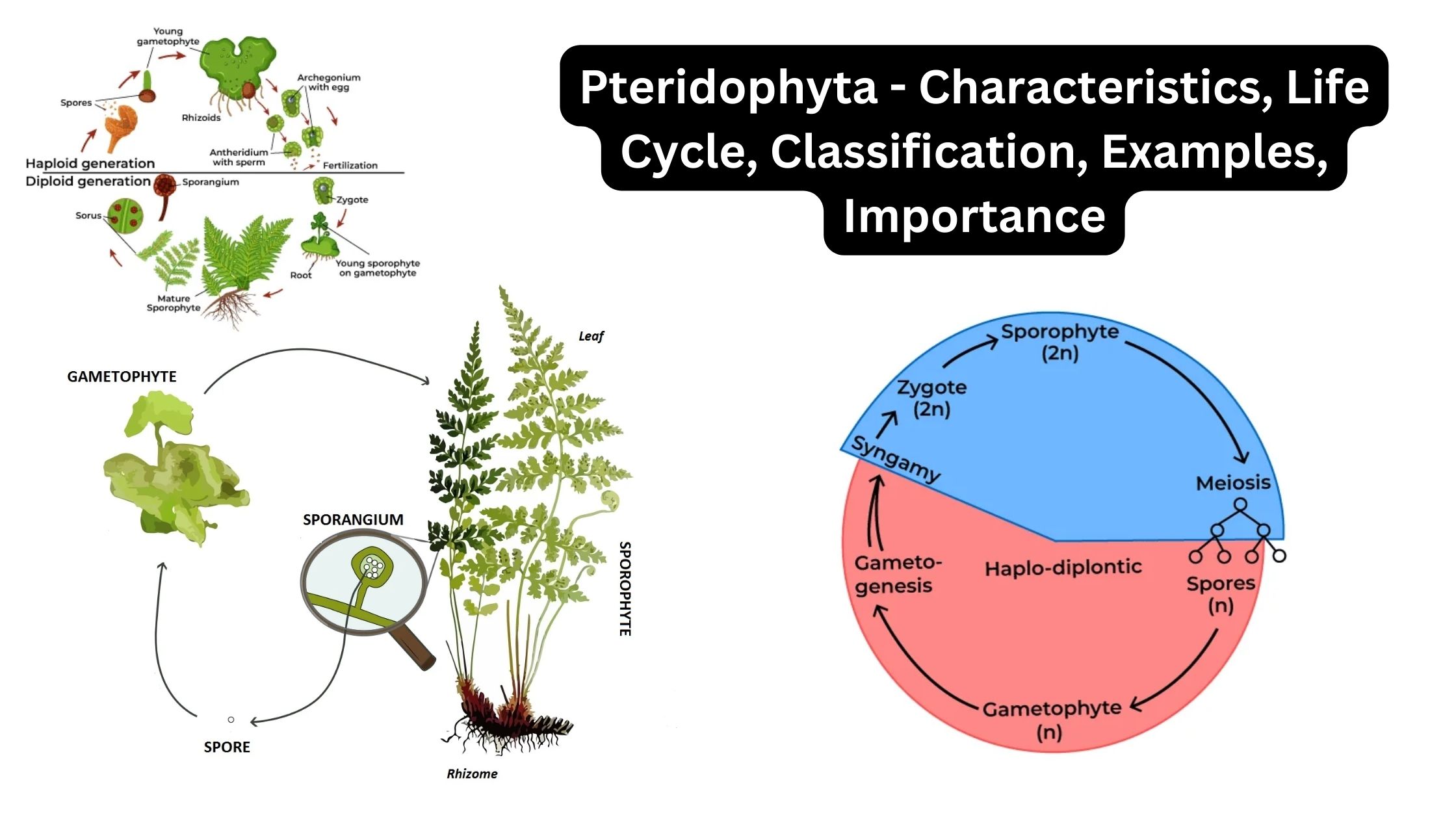Pteridophyta – Characteristics, Life Cycle, Classification, Examples, Importance
Dive into the fascinating world of Pteridophyta, the diverse group of vascular plants commonly known as ferns and their allies. This comprehensive guide will explore: Discover the morphology, anatomy, and reproductive strategies of these ancient plants. Uncover their role in ecosystems and learn about their practical uses in today’s world. Whether you’re a botany student, … Read more
